The Dark Underbelly of WiId Harvesting
Photo: An over harvested arnica plant, found along a hiking trail in the Roaring Fork Valley. Arnica typically produces 2 – 3 flowers per season, this plant has had all 3 flowers taken so it will not be able to reproduce this year. A sad and poignant example of over-harvesting.
With summer’s fast arrival this year, and in the midst of everything coming back to life, we want to dive into the topic of wild harvesting – a term that brings up warm and fuzzy feelings, but in reality, is often abused and leads to over-harvesting. The more popular this practice becomes, the more local plant populations are feeling the burden. This phenomenon is happening in our own backyard and across the country (and world). In southwestern Colorado, there’s a huge overharvesting problem with osha, as it’s been close to wiped out. Goldenseal has suffered a similar fate in Appalachia, as has American ginseng across the eastern US. Here in the Roaring Fork Valley, we’ve been watching arnica become increasingly pillaged over the past many years.
Wild harvesting is a delicate process. Plants that are wild harvested are typically those that are difficult to cultivate and grow in a farming atmosphere, so you really have to depend on getting them from nature. There is, however, an entire ethical protocol around responsibly taking from the wild. In our little mountain valley, more and more people are picking from the array of beautiful medicinal plants that grow here. They often pick from stocks that are nearby and easily accessible, picking everything in sight. As a result, our local plant populations have suffered damage due to these irresponsible and indulgent actions that put our ecosystem at risk. A person needs to go through thorough training to truly know how to pick without harming the environment they’re entering.
Note: The following is not a tutorial on how to wild harvest. The practice is highly delicate and not the same as going out into your gardens and picking veggies. Do not harvest from the wild if you have not been trained by an expert to do so sustainably.
In correct wild harvesting, it should look like you were never there. It incorporates aspects like honoring the plants with gratitude, asking permission, reseeding and other crucial steps. It’s a process that includes both the act of harvesting and developing an energetic connection to the plants themselves. Again, this is why extensive training with an expert is essential.
Every summer at Leaf People, I trek deep into a hidden spot and carefully harvest a well-established stock of arnica for our Sports Balm, Recovery Serum, Green Tea Face Serum and soon-to-launch Arnica Body Lotion. I’ve developed an intimate relationship with the plants in this particular area. I have spent close to two decades meditating and learning how to communicate with them, and we have developed a very deep relationship. I ask for their permission and wait for a response. A large part of all the traveling and botanical training I’ve done is to learn this level of plant communication. Most people don’t know that you can talk to a plant. And that they can talk back. It takes me at least four trips per summer to get a single harvest. I go out, I watch their growth trajectory and develop our connection, I pick, I reseed.
Furthermore, as an herbalist, I’ve noticed many companies popping up that focus on “wild-harvested” ingredients. There must be real caution in purchasing wild harvested herbs to ensure the company is getting them ethically and sustainably. At Leaf People, we never buy wild harvested herbs unless we know who harvested them. Otherwise, we harvest ourselves. It’s important to know your harvester because wild harvested plants can come from literally anywhere in the environment (it could be from the roadside, an area where there is toxic exposure, high pollution, etc). This is a realm without regulation and, therefore, herbs may be sourced from unclean places. Additionally, it’s important to know your harvester to avoid supporting the over-harvesting issue discussed above.
It’s important as we make decisions for ourselves, that we are present and consider the bigger picture of how our actions affect the environment. A part of experiencing our interconnectedness is through treating plants the way you would an animal or a person, as symbiotic souls that are as dependent on us as we are on them.



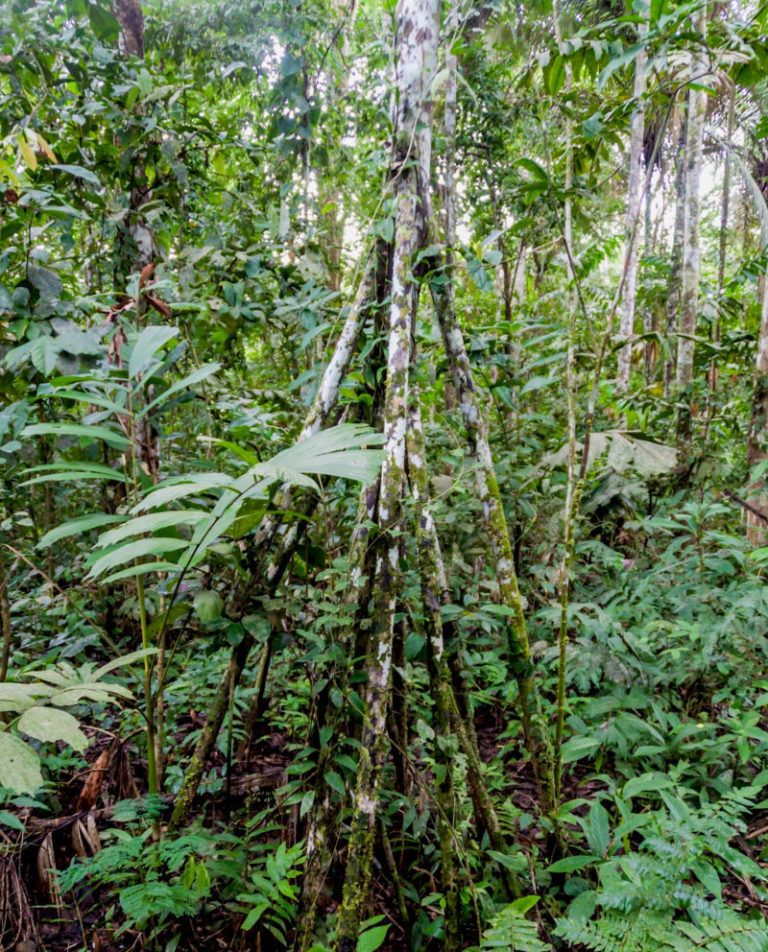

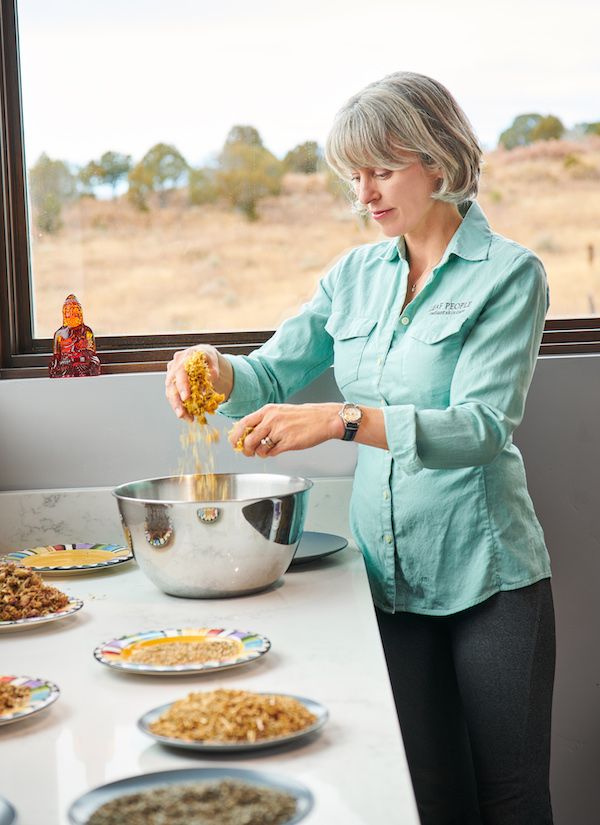

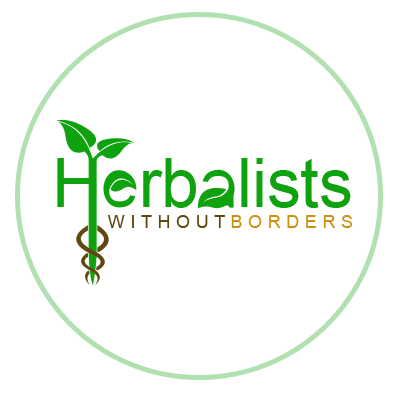


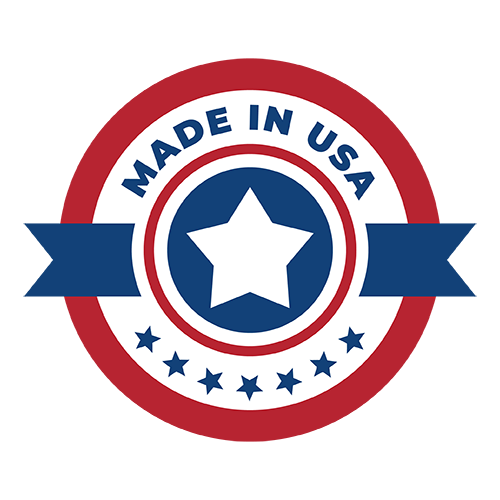

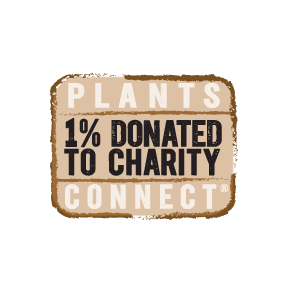






Thank you for your I integrity and clarity. I’m sure a lot of people don’t think about this, I know I didn’t. This will make me take pause when I see wild harvested ingredients listed on a product in the future.